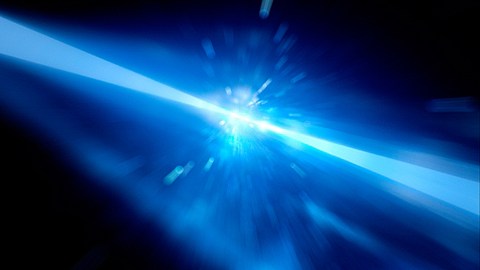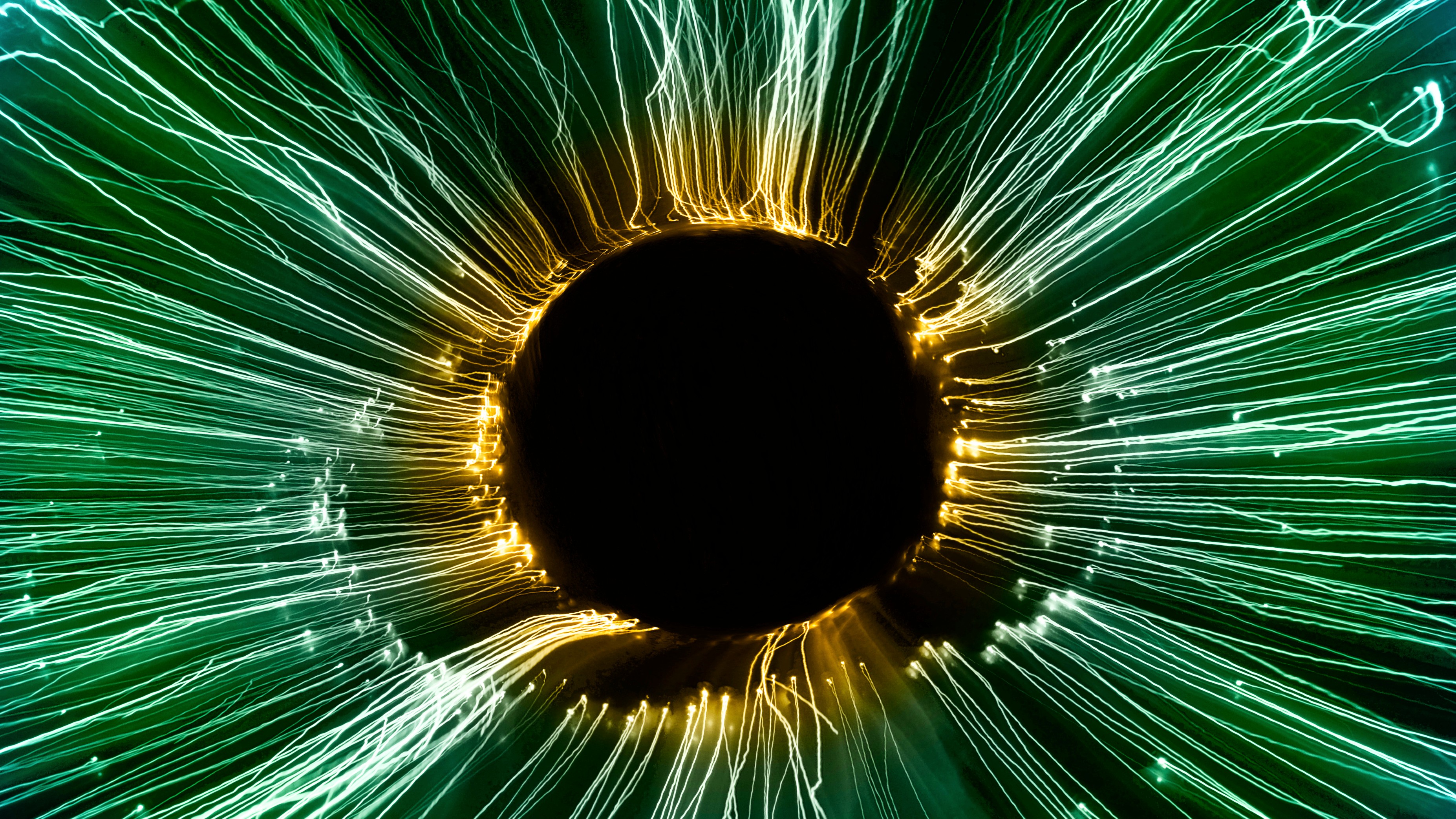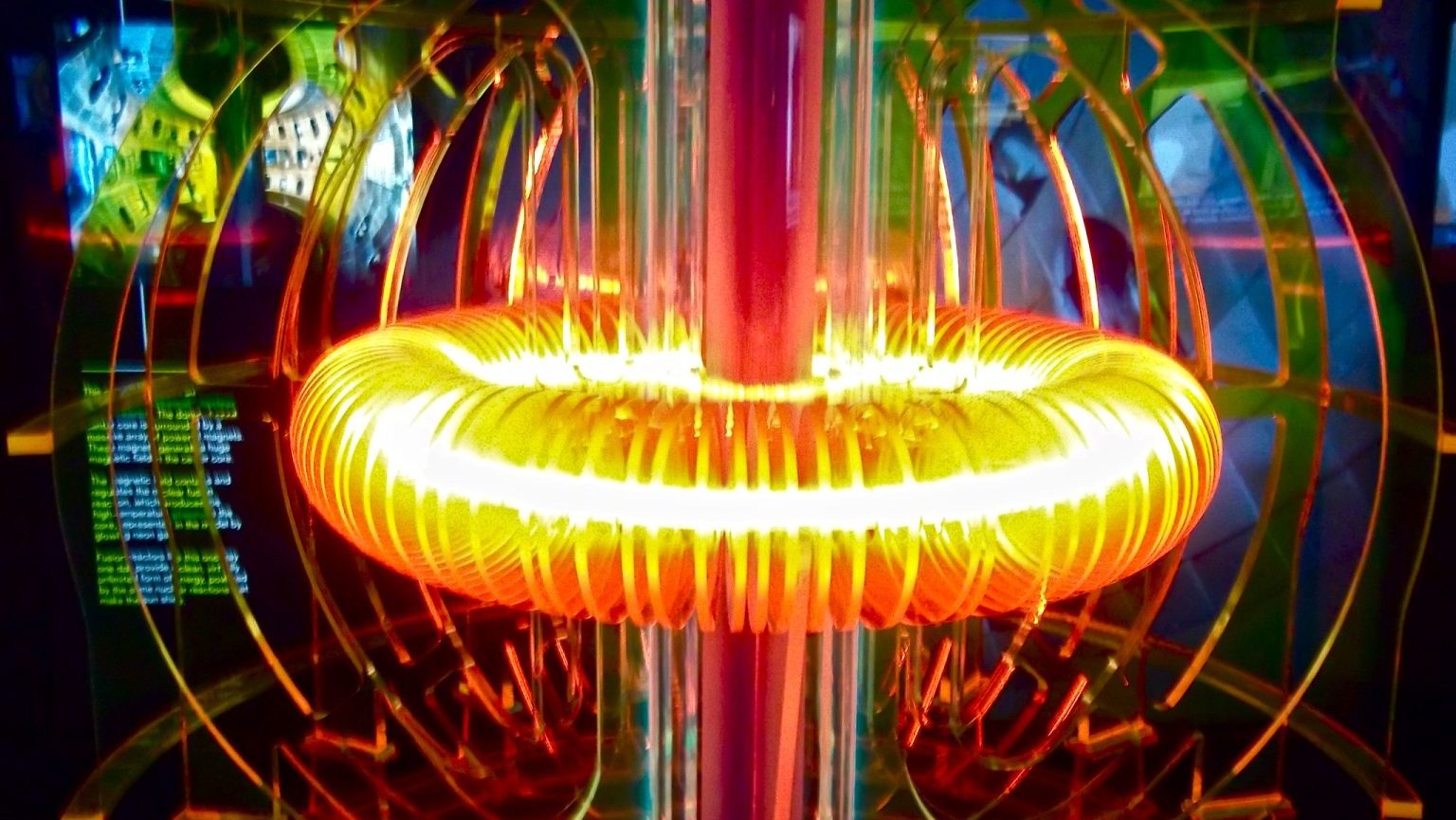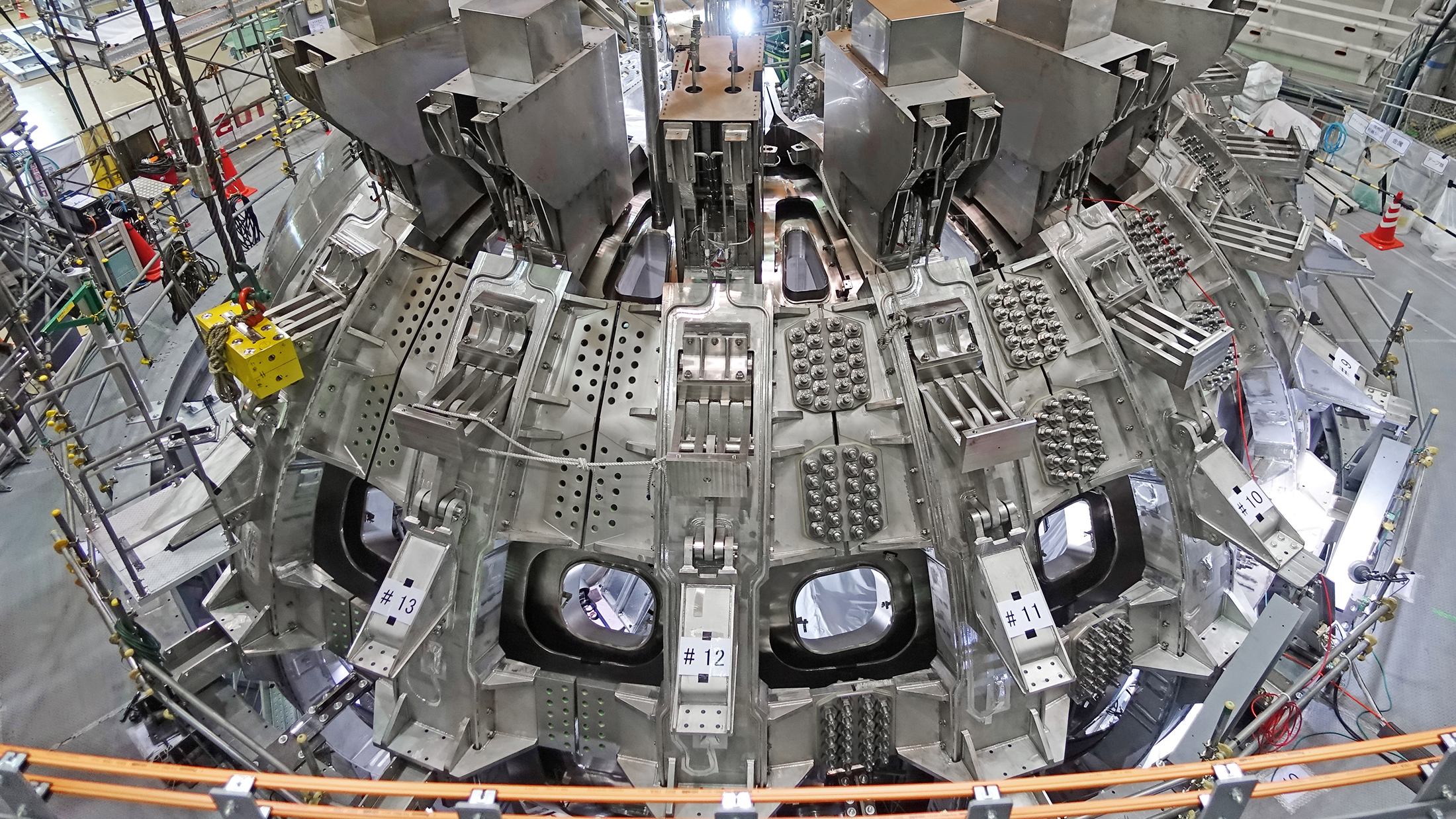Scientists Create New Method of Fusion Energy, Without the Old Complications

Australian physicists have devised a technique for creating fusion with lasers that doesn’t need radioactive fuel elements and leaves no radioactive waste. A new paper from scientists at UNSW Sydney and their international colleagues shows that advances in high-intensity lasers makes what was once impossible a reality – generating fusion energy from hydrogen-boron reactions.
Lead author Heinrich Hora from UNSW Sydney has been doing this work this since the 1970s. He contends that their approach is closer to realizing fusion than other attempts like the deuterium-tritium fusion pursued by science facilities in the U.S. and France.
“I think this puts our approach ahead of all other fusion energy technologies,” said Hora.
Hydrogen-boron fusion is produced by two powerful lasers in rapid bursts, which generate precise non-linear forces that compress the nuclei together. The process does not create any neutrons and as such – no radioactivity. What also sets this energy source apart – unlike coal, gas or nuclear that utilize heated liquids like water to drive turbines – hydrogen-boron fusion can be converted directly into electricity.
The problem with hydrogen-boron fusion has been that it required temperatures 200 times hotter than the core of the Sun. That is until dramatic advancements in laser technology that allow for an “avalanche” fusion reaction to be triggered by super-fast blasts taking no more than a trillionth-of-a-second from a petawatt-scale laser pulse. The bursts of this pulse would pack a quadrillion watts of power, according to Hora, leading to a breakthrough in proton-boron fusion.
“It is a most exciting thing to see these reactions confirmed in recent experiments and simulations,” said Hora. “Not just because it proves some of my earlier theoretical work, but they have also measured the laser-initiated chain reaction to create one billion-fold higher energy output than predicted under thermal equilibrium conditions.”
Hora’s paper, created together with 10 colleagues in six nations, outlines the roadmap the development of this technology can follow. HB11 Energy, an Australian spin-off company, holds the patents for Hora’s process and looks to build a prototype reactor within a decade.
You can read the new paper here, in the journal Laser and Particle Beams.
For more on fusion technologies, check out this video from Michio Kaku:





